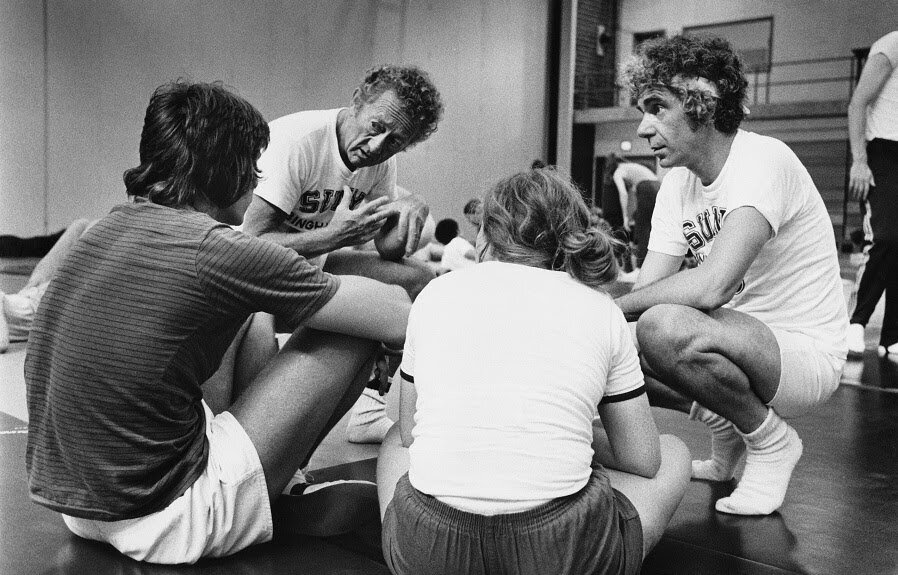SPOTLIGHT: An Interview with Deb Kinghorn
Deb Kinghorn is a Master Teacher of Lessac Kinesensics, and Professor in the Theatre and Dance Department at the University of New Hampshire. She worked closely with Arthur Lessac over several decades, and most especially during his final years, when she co-authored, Essential Lessac, with him. She teaches Lessac work internationally and stays active as an actor, director, and voice and dialect coach.
Deb Kinghorn and Arthur Lessac 2009
How did you first get involved with Lessac Kinesensics? What first piqued your interest?
I first learned of Lessac work in 1973 at the State University of New York, Fredonia. My teachers had just attended an 8-week workshop and began teaching the work in our classes. I immediately fell in love with it. I had been doing another kind of vocal training that involved mostly rote repetition and imitation, and when I began learning Lessac work, I was full of wonder at how imaginative it was. I also studied voice in England—some completely different systems there, and then in graduate school, the program interwove Lessac and Linklater work into their training.
Then I began working as a professor, teaching classes, and realized very soon that I didn’t know enough. So I attended my first Lessac intensive in 1984, ten years after I was first introduced to the work. I saw a flier, got a scholarship, and attended the 6-week workshop. I was in nirvana! I knew the vocal work pretty well, but the body work was a revelation. I thought, oh, my God, how could I ever have taught without this! So there were two “AHA!” moments—the introduction in 1973 and the reintroduction in 1984, when I met Arthur.
Arthur and I completely hit it off. In the way we talked and thought about things, our energies complemented each other. It was so easy to talk to him. The next year Arthur asked me to teach a workshop with him, which was for nominees of the Irene Ryan Acting Competition, part of what was known then as ACTF (the American College Theatre Festival). The workshop was six days long, and I took over for Arthur after the first three days. It was during those first three days that we discussed the many different applications of the work. I was too young at the time to realize what they could mean. But there were cross-cultural applications, health and wellness applications, and so many others…it was fascinating to see how Arthur pulled so many aspects of life and living together into the work. It all intrigued him. I listened, but it didn’t really click until later, as I was just interested in the teaching aspect.
What stories stand out in your mind about working with Arthur Lessac?
He was so vital, so full of life, so full of energy, and he was extremely thoughtful. He was also a very smart man. He was always a courageous man, although he didn’t think of himself that way—he was willing to go the distance to fight for what he believed in, and always allowed people to be themselves within his voice and body work.
He was passionate about the work and its efficacy. Around 2007, we had a long conversation that was a memorable one for me, about 5 hours, concerning his research. He wanted very much for people to do more to expand his work—he always felt like there was more: he’d say, “I wish for the growth of our work.” He called his work “pre-scientific,” and admitted he was not a scientist, but he did a tremendous amount of research. Theatre is a laboratory. He was his own laboratory. He always tested the work on himself, living it, embodying it, using it in every single thing that he did. But I remember that he never looked at himself as a researcher—never connected all of the thousands of hours of classes and experimentation with the work of a researcher, but that’s what he was.
I truly loved Arthur’s willingness to discuss things, to hear all kinds of different ways of working. He wasn’t protective about the work. He was very clear about it and would listen to anything, believing that healthy disagreements were okay. But in the end, he would ask, “Is it organic? How does this exploration compare or contrast?” And he would always go back to honoring the organic principles of the work.
How has Lessac work evolved over the years?
The work has evolved in terms of being more open, less rigid. During the last weeks of his life, Arthur wanted to make sure the work would evolve, and not just for actors. That always stayed with me—don’t let the work stagnate. He gave everyone that gift. He’d say, “You have the creative potential, the bones, whatever, to go further.” His amazing generosity is what I’ll remember. He always talked about kinesensics as our work. The teacher/student relationship has changed. That is a significant evolution of the work—you, the student, are in charge. I am a guide. You tune in to what this feels like in you. Give it your own name, if you wish. You own it. Arthur felt that any evolution must cut across cultures. It comes back to being a human being, subject to gravity. As the work evolves slowly over time, in my teaching, I ask myself, can I take one step back? Am I parroting what I have learned from someone else or is there a previous step that I’m leaving out? We benefit from looking both backward and forward.
Teaching this work involves so much more than a syllabus. I see people embracing the holistic nature of the work as they recognize that individuals matter. That’s another way that the work has evolved—the pedagogy and how we address one another, becoming more and more inclusive in our teaching. Whether we’re in Brazil, South Africa, or Croatia, Lessac work is respectful of cultural identity.
Take something fundamental to kinesensic work: the y-buzz. This involves using a phoneme that doesn’t exist in many languages (the Y consonant), but if you can find the comparable sound in the other language, you can get the same feeling, which is central to our work: the feeling modality, and from that you can teach (a differently named version of) the y-buzz. In other vocal training you hear a lot about the “placement” of sound in the mask area. Do all languages do that? It’s a big question in voice communities—is that a Western concept that’s not necessarily true for all languages? With placement, or any single concept, the terms don’t seem to apply across cultures. But when sound is produced on the vocal folds, vibrations occur in the bones of the head, while placement differs. But the human truth is that bones vibrate—that’s the bottom line, inescapable.
The voice is so much more than resonance and articulation. Arthur’s work has to do with the development of the whole human being. There was a point in time when the idea of the individual Voice became clear in my mind. The Voice becomes the manifestation of all that we are, and can have a significant impact on the world around us. We may begin with the Consonant Orchestra, yes, but the Voice evolves as we experience ourselves, our individuality, and our humanness. On a microscopic level, atom-to-atom, a Lessac trainer plants a seed and lets it grow. Our job as trainers is to nurture those seeds in each other. That’s the legacy that Arthur wanted us to pass on. We are responsible for the fruitfulness of each other. It’s a powerful message that I carry with me always and underscores everything I do for and with the Institute. Seeds don’t grow quickly. Some don’t germinate. The work we do isn’t something we can manufacture or project automatically. But with careful nurturing, if we water growth, we know we’ll see people wanting to be a part of this Institute. They see that they can be themselves with us, and that they have a valuable Voice.
More from this interview with Master Teacher Deb Kinghorn will appear in the Spring/Summer 2020 LTRI Newsletter.




